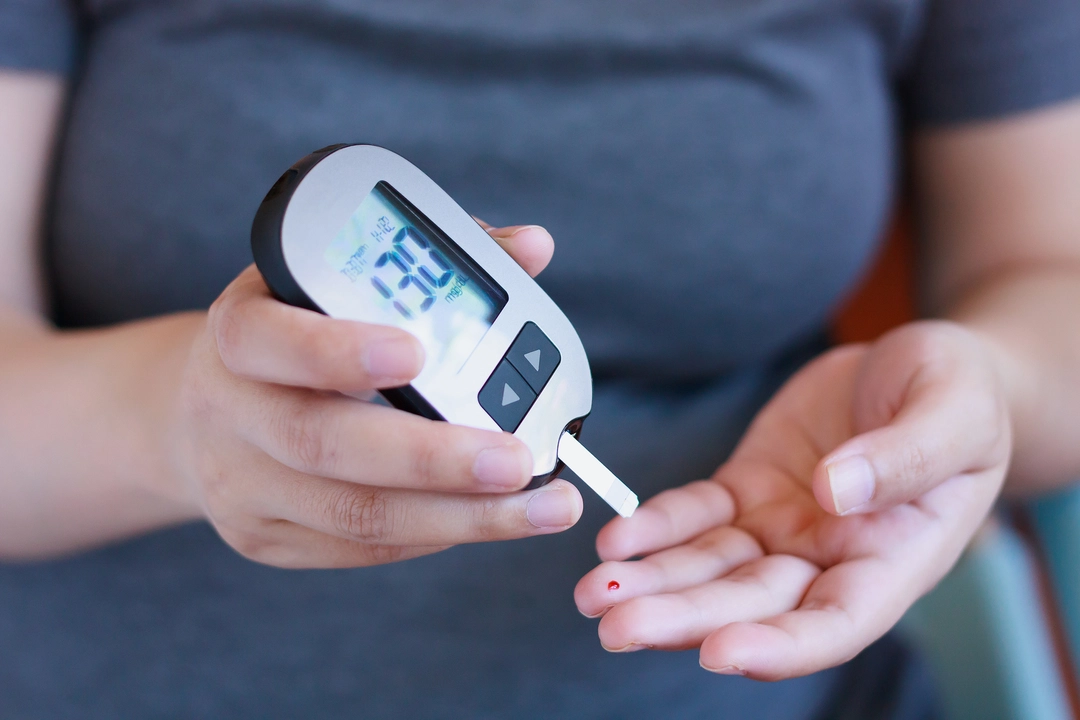If you’ve been prescribed a pill called amlodipine, you probably have high blood pressure or chest pain. Amlodipine belongs to the calcium‑channel blocker family. It works by relaxing your blood vessels so blood can flow more easily, lowering the pressure on your heart.
Doctors usually write amlodipine for two main reasons: high blood pressure (hypertension) and a type of chest pain called angina. If you’re over 40, have a family history of heart disease, or just got a new diagnosis, your doctor might choose amlodipine because it’s taken once a day and has few food restrictions.
Some people also use it after a heart attack to keep blood pressure stable. It’s not a cure, but it helps manage the condition so you feel better and avoid complications like stroke or kidney damage.
The usual adult dose is 5 mg once daily, but some start at 2.5 mg if they’re sensitive to blood‑pressure drops. Your doctor may increase the dose to 10 mg after a few weeks if your numbers are still high.
Take the tablet with or without food—just swallow it whole with water. If you miss a dose, take it as soon as you remember unless it’s almost time for the next one. Don’t double up; that can make you feel dizzy or cause a rapid heartbeat.
Check your blood pressure regularly, especially during the first month. If you notice sudden dizziness, fainting, or swelling in your ankles, call your doctor right away. Those can be signs of low blood pressure or fluid retention, both possible side effects.
Amlodipine is generally well‑tolerated, but you might feel a few things at first:
If any of these symptoms get worse, talk to your pharmacist or doctor. Rarely, people experience severe allergic reactions like rash, itching, or trouble breathing—seek emergency help if that happens.
Many folks look for cheaper options online. That’s fine as long as you follow a few rules:
If you’re not sure, ask your doctor to recommend a reputable online pharmacy. Some insurance plans also partner with specific sites that offer discounts.
Managing blood pressure doesn’t have to be confusing. With amlodipine, the key is consistency—take it as prescribed, watch your numbers, and know where to get a trustworthy supply. If anything feels off, reach out to your healthcare provider right away. Your heart will thank you.
